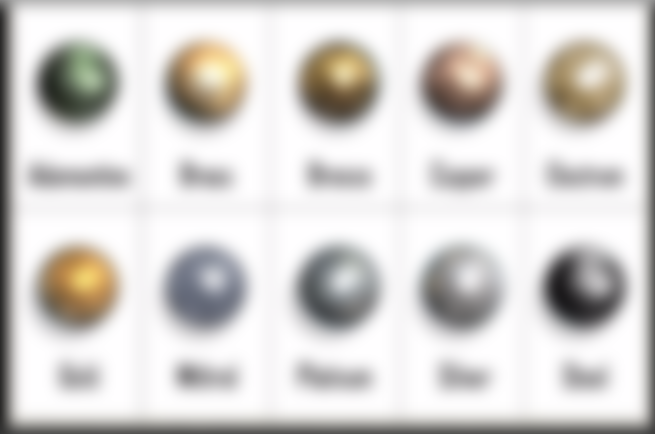The Definition of Coins.
A coin is a piece of hard materials, traditionally metal and usually in the shape of a disc, which is used as a from of money. Traditionally the value of a coins comes from the intrinsic value of the component metal,but in modern time most coins are made of a base metal and their value comes strictly from their status as fiat money. To distinguish between these two types of coins,as well as from other forms of tokens which have been used as money,monetary scholars have defined there to be three criteria which must be met for an object to be a "True Coin".
These criteria are:
It must be made of a valuable meterial, and trade for close to the intrinsic value of the meterail.
It must be of a standardized weight and purity.
It must be marked to identify the authority that guarantees the content.
The origins of currency..
Ancient Babylonians negotiated commercial transactions using gold and silver as a means of exchange as far back as 2000 bc, but the metal were not cast in a form suitable for easy circulation. Lack of standardization meant the weight and purity of the metal had to be tasted every time a piece changed hands. Between 620 and 600 bc, the people of Lydia in Asia minor came upon the idea of shaping electrum, a natural alloy of gold and silver, into been-shaped lumps of fixed weight and purity and stamping them with official symbols. These early coins soon became popular because of the way they facilitated trade. By 550 bc the practice of striking coins was established in all of the primary trading cities throughout the known world.
The first major improvement in coinage was to phase out the use of electrum. Because it is an undefined alloy, electrum's ratio of gold to silver can very considerably. To achieve a higher degree of consistency, coin makers realized they would have to seperate the gold from the silver and produce coin primarily of gold,primarily of silver, or of a controlled mixture of the two. Despite its unpopularity, natural electrum was still used sporadically into the middle ages.

Coinage metals..
Coins are made of metal partly for historical reasons, but the ancients had good reasons for making their coins of metal.
Metals are valuable. Typically coins of higher value are made of higher value.
Metals are durable. Unlike stone, they won't shatter ; unlike wood, they Don't burn easily and hard to break.
Metals are easy and cheap form and stamp. They can be melted and recast; they can be stamped with the kings (or Queens) head and anything else you care to put on them. In this way, it becomes easier to distinguish real currency from counterfeits.
Etc...
Currency Debasement..
Throughout history governments have been tempted to create more coinage than their supply of precious metals would allow. By replacing some fraction of a coin's precious metals content with a base metal, a government reduces the intrinsic value of the coins and can produce more coin then they could otherwise. By doing so, some rulers compromised the integrity of the circulating coinage, issuing debased coins as a way to inflict a hidden tax on their subjects. Henry Vill the King of England from 1509 to 1547,was often guilty of this practice. He caused grear harm to his nation's economy reducing the purity of English gold and Silver coins.
Hope you are like to reading.
For more reading go to this link :https://www.fleur-de-coin.com/articles/what-is-a-coin.
P.d : lead image is from, Coincommunity.com
Pinterest.com

Informative article.